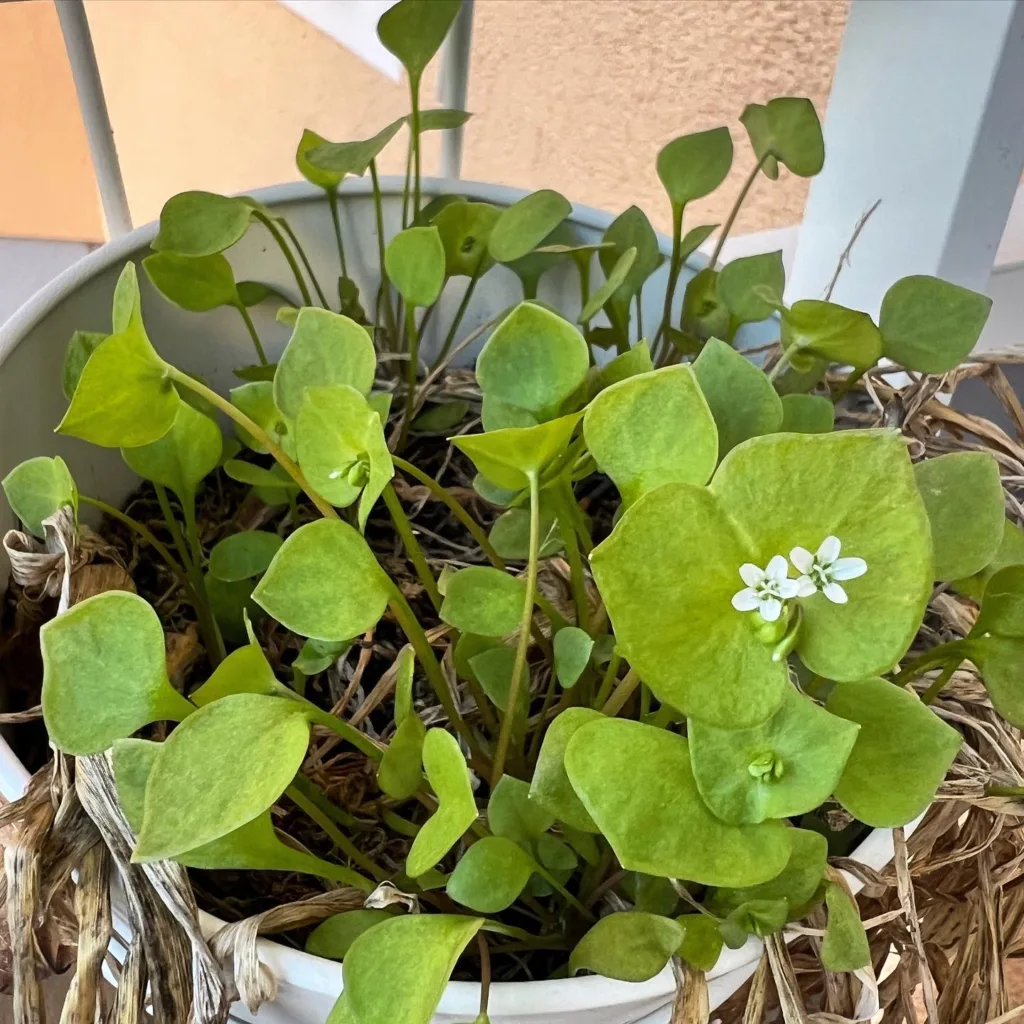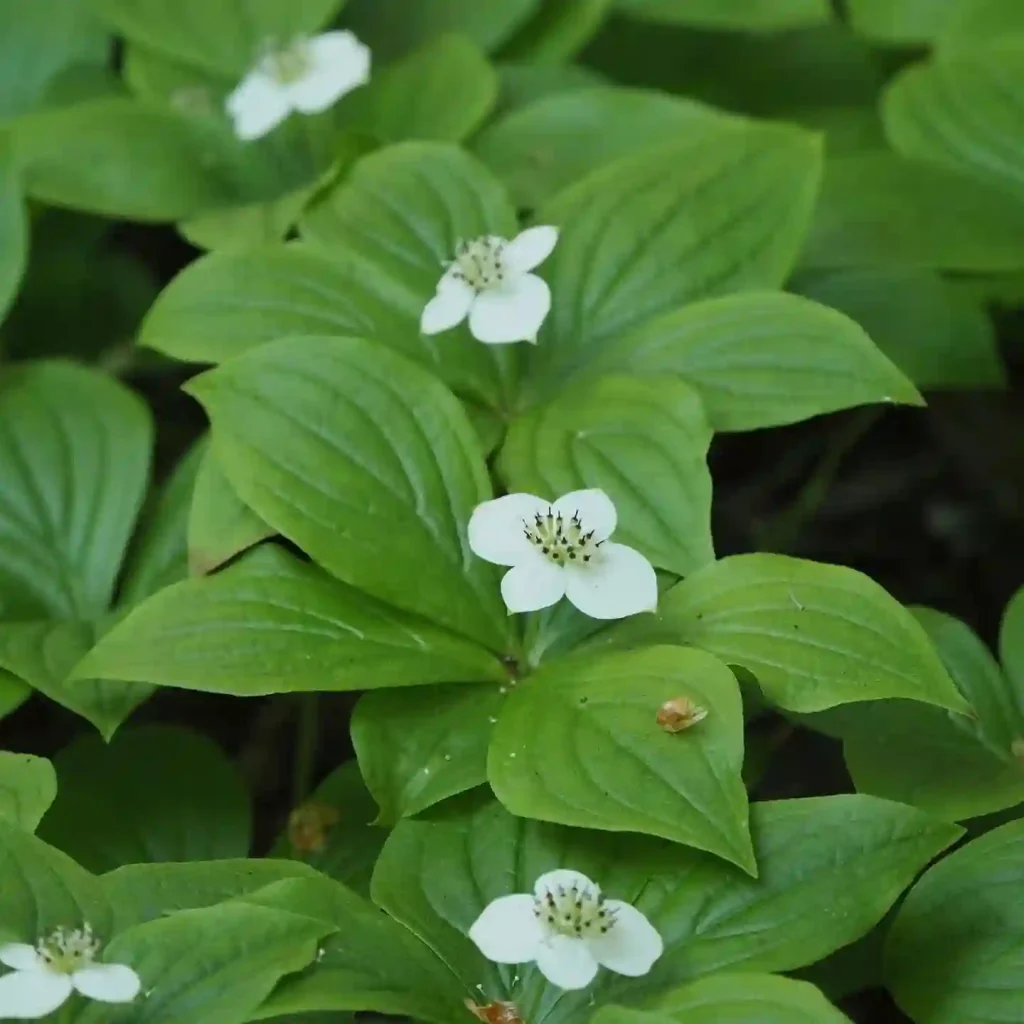The Enchanting World of Tabernaemontana: A Personal Journey
My name is Ferb Vu, and I’ve always been drawn to the intricate beauty and diversity of the natural world. Among my many botanical fascinations, the genus Tabernaemontana holds a special place in my heart. These evergreen shrubs and small trees, belonging to the Apocynaceae family, boast a captivating blend of elegance and resilience. With their glossy leaves, fragrant flowers, and intriguing ethnobotanical history, they’ve captivated plant enthusiasts and researchers alike for centuries.
A Pan-Tropical Treasure Trove
Tabernaemontana is a truly pan-tropical genus, with species scattered across Asia, Africa, Australia, North America, South America, and various oceanic islands. This wide distribution speaks to their adaptability and resilience, thriving in diverse habitats ranging from humid rainforests to arid savannas.
The genus name itself is a tribute to Jakob Theodor von Bergzabern, a renowned German botanist from the 16th century. His Latinized name, Tabernaemontanus, meaning “tavern in the mountains,” adds a touch of quaintness to this remarkable group of plants.
Delicate Blooms and Milky Sap
One of the most striking features of Tabernaemontana is their exquisite flowers. These blossoms, often white and sometimes tinged with yellow or pink, exude a sweet fragrance that intensifies in the evening, attracting nocturnal pollinators like moths and bats. The delicate petals, arranged in a pinwheel-like fashion, add to their allure.
The leaves, too, are noteworthy. They are typically opposite, elliptical, and glossy, with prominent veins running through them. When broken, they release a milky sap, a characteristic feature of many plants in the Apocynaceae family. This sap, while potentially toxic if ingested, has been traditionally used for medicinal purposes in some cultures.
A Diverse Genus
The genus Tabernaemontana is remarkably diverse, with over 100 recognized species. Some of the most notable ones include:
- Tabernaemontana divaricata: Commonly known as the pinwheel flower or crape jasmine, this species is widely cultivated for its ornamental value. Its pure white, pinwheel-shaped flowers and glossy dark green leaves make it a popular choice for gardens and hedges. Plant FAQs: Tabernaemontana Divaricata – Pinwheel Flower
- Tabernaemontana elegans: Native to Africa, this species is a small tree with fragrant white flowers and orange fruits. It’s often used in traditional medicine to treat various ailments.
- Tabernaemontana sananho: Found in South America, this species is known for its psychoactive properties. It has been used by indigenous communities for ceremonial and medicinal purposes.
- Tabernaemontana pandacaqui: This species, native to Southeast Asia, is a shrub with white, fragrant flowers and red fruits. It has been used in traditional medicine to treat fever, diarrhea, and skin diseases.
- Tabernaemontana abbreviata (J.F.Morales) A.O.Simões & M.E.Endress
- Tabernaemontana africana Hook.
- Tabernaemontana alba Mill.
- Tabernaemontana alfaroi Donn.Sm.
- Tabernaemontana allenii (Woodson) A.O.Simões & M.E.Endress
- Tabernaemontana alternifolia L.
- Tabernaemontana amplifolia L.Allorge
- Tabernaemontana amygdalifolia Jacq.
- Tabernaemontana angulata Mart. ex Müll.Arg.
- Tabernaemontana antheonycta Leeuwenb.
- Tabernaemontana apoda C.Wright
- Tabernaemontana arborea Rose
- Tabernaemontana attenuata (Miers) Urb.
- Tabernaemontana aurantiaca Gaudich.
- Tabernaemontana bouquetii (Boiteau) Leeuwenb.
- Tabernaemontana bovina Lour.
- Tabernaemontana brachyantha Stapf
- Tabernaemontana brachypoda K.Schum.
- Tabernaemontana brasiliensis (Leeuwenb.) A.O.Simões & M.E.Endress
- Tabernaemontana bufalina Lour.
- Tabernaemontana calcarea Pichon
- Tabernaemontana capuronii Leeuwenb.
- Tabernaemontana catharinensis A.DC.
- Tabernaemontana cerea (Woodson) Leeuwenb.
- Tabernaemontana cerifera Pancher & Sebert
- Tabernaemontana chamelensis L.O.Alvarado & Lozada-Pérez
- Tabernaemontana chocoensis (A.H.Gentry) Leeuwenb.
- Tabernaemontana ciliata Pichon
- Tabernaemontana citrifolia L.
- Tabernaemontana coffeoides Bojer ex A.DC.
- Tabernaemontana columbiensis (L.Allorge) Leeuwenb.
- Tabernaemontana contorta Stapf
- Tabernaemontana cordata Merr.
- Tabernaemontana coriacea Link ex Roem. & Schult.
- Tabernaemontana corymbosa Roxb. ex Wall.
- Tabernaemontana crassa Benth.
- Tabernaemontana crassifolia Pichon
- Tabernaemontana crispiflora K.Schum.
- Tabernaemontana cumata Leeuwenb.
- Tabernaemontana cuspidata Rusby
- Tabernaemontana cymosa Jacq.
- Tabernaemontana debrayi (Markgr.) Leeuwenb.
- Tabernaemontana dichotoma Roxb. ex Wall.
- Tabernaemontana disticha A.DC.
- Tabernaemontana donnell-smithii Rose
- Tabernaemontana eglandulosa Stapf
- Tabernaemontana eubracteata (Woodson) A.O.Simões & M.E.Endress
- Tabernaemontana eusepala Aug.DC.
- Tabernaemontana eusepaloides (Markgr.) Leeuwenb.
- Tabernaemontana flavicans Roem. & Schult.
- Tabernaemontana fragrans Jongkind
- Tabernaemontana gamblei Subr. & A.N.Henry
- Tabernaemontana glabra (Benth.) A.O.Simões & M.E.Endress
- Tabernaemontana glandulosa (Stapf) Pichon
- Tabernaemontana grandiflora Jacq.
- Tabernaemontana granulosa Pit.
- Tabernaemontana hallei (Boiteau) Leeuwenb.
- Tabernaemontana hannae (M.Méndez & J.F.Morales) A.O.Simões & M.E.Endress
- Tabernaemontana heterophylla Vahl
- Tabernaemontana humblotii (Baill.) Pichon
- Tabernaemontana hystrix Steud.
- Tabernaemontana inconspicua Stapf
- Tabernaemontana laeta Mart.
- Tabernaemontana lagenaria Leeuwenb.
- Tabernaemontana laurifolia L.
- Tabernaemontana leeuwenbergiana J.F.Morales
- Tabernaemontana letestui (Pellegr.) Pichon
- Tabernaemontana linkii A.DC.
- Tabernaemontana litoralis Kunth
- Tabernaemontana longipes Donn.Sm.
- Tabernaemontana lorifera (Miers) Leeuwenb.
- Tabernaemontana macrocalyx Müll.Arg.
- Tabernaemontana macrocarpa Jack
- Tabernaemontana markgrafiana J.F.Macbr.
- Tabernaemontana maxima Markgr.
- Tabernaemontana mixtecana L.O.Alvarado & Juárez-Jaimes
- Tabernaemontana mocquerysi Aug.DC.
- Tabernaemontana muricata Link ex Roem. & Schult.
- Tabernaemontana oaxacana (L.O.Alvarado) A.O.Simões & M.E.Endress
- Tabernaemontana ochoterenae L.O.Alvarado & S.Islas
- Tabernaemontana ochroleuca Urb.
- Tabernaemontana odoratissima (Stapf) Leeuwenb.
- Tabernaemontana oppositifolia (Spreng.) Urb.
- Tabernaemontana ovalifolia Urb.
- Tabernaemontana pachysiphon Stapf
- Tabernaemontana palustris Markgr.
- Tabernaemontana panamensis (Markgr., Boiteau & L.Allorge) Leeuwenb.
- Tabernaemontana pauciflora Blume
- Tabernaemontana pauli (Leeuwenb.) A.O.Simões & M.E.Endress
- Tabernaemontana peduncularis Wall.
- Tabernaemontana penduliflora K.Schum.
- Tabernaemontana persicariifolia Jacq.
- Tabernaemontana peschiera ined.
- Tabernaemontana phymata Leeuwenb.
- Tabernaemontana polyneura (King & Gamble) D.J.Middleton
- Tabernaemontana psorocarpa (Pierre ex Stapf) Pichon
- Tabernaemontana remota Leeuwenb.
- Tabernaemontana retusa (Lam.) Pichon
- Tabernaemontana riverae L.O.Alvarado & V.Saynes
- Tabernaemontana robinsonii (Woodson) A.O.Simões & M.E.Endress
- Tabernaemontana rostrata Wall.
- Tabernaemontana rupicola Benth.
- Tabernaemontana salomonensis (Markgr.) Leeuwenb.
- Tabernaemontana salzmannii A.DC.
- Tabernaemontana sambiranensis Pichon
- Tabernaemontana sessilifolia Baker
- Tabernaemontana simulans (J.F.Morales & Q.Jiménez) A.O.Simões & M.E.Endress
- Tabernaemontana siphilitica (L.f.) Leeuwenb.
- Tabernaemontana solanifolia A.DC.
- Tabernaemontana sphaerocarpa Blume
- Tabernaemontana stapfiana Britten
- Tabernaemontana stellata Pichon
- Tabernaemontana stenoptera (Leeuwenb.) A.O.Simões & M.E.Endress
- Tabernaemontana stenosiphon Stapf
- Tabernaemontana ternifolia D.J.Middleton
- Tabernaemontana thurstonii Horne ex Baker
- Tabernaemontana tomentosa (Greenm.) A.O.Simões & M.E.Endress
- Tabernaemontana undulata Vahl
- Tabernaemontana vanheurckii Müll.Arg.
- Tabernaemontana ventricosa Hochst. ex A.DC.
- Tabernaemontana venusta (J.F.Morales) A.O.Simões & M.E.Endress
- Tabernaemontana wullschlaegelii Griseb.
Ethnobotanical Significance
Tabernaemontana has a rich ethnobotanical history, with various species being used for medicinal and ceremonial purposes by indigenous communities across the globe. The milky sap, bark, leaves, and roots have been employed in traditional medicine to treat a wide range of ailments, including fever, pain, inflammation, and skin diseases.
However, it’s crucial to note that many Tabernaemontana species contain potent alkaloids that can be toxic if ingested improperly. Therefore, it’s essential to exercise caution and consult with qualified healthcare professionals before using any part of these plants for medicinal purposes.
Conservation Concerns
Despite their adaptability, some Tabernaemontana species are facing threats due to habitat loss and overexploitation. Deforestation, urbanization, and agricultural expansion have led to the decline of their natural populations in certain regions.
Conservation efforts are crucial to ensure the survival of these fascinating plants. This includes protecting their natural habitats, promoting sustainable harvesting practices, and raising awareness about their ecological and cultural significance.
A Continuing Fascination
My journey with Tabernaemontana has been one of continuous learning and discovery. These plants, with their delicate beauty, intriguing ethnobotanical history, and ecological importance, continue to fascinate me. I believe that by understanding and appreciating the diversity of the natural world, we can foster a deeper connection with our planet and contribute to its preservation.
In the words of the great naturalist John Muir, “In every walk with nature, one receives far more than he seeks.” My exploration of Tabernaemontana has indeed been a rewarding journey, enriching my understanding of the intricate web of life that surrounds us.
If i die, water my plants!



